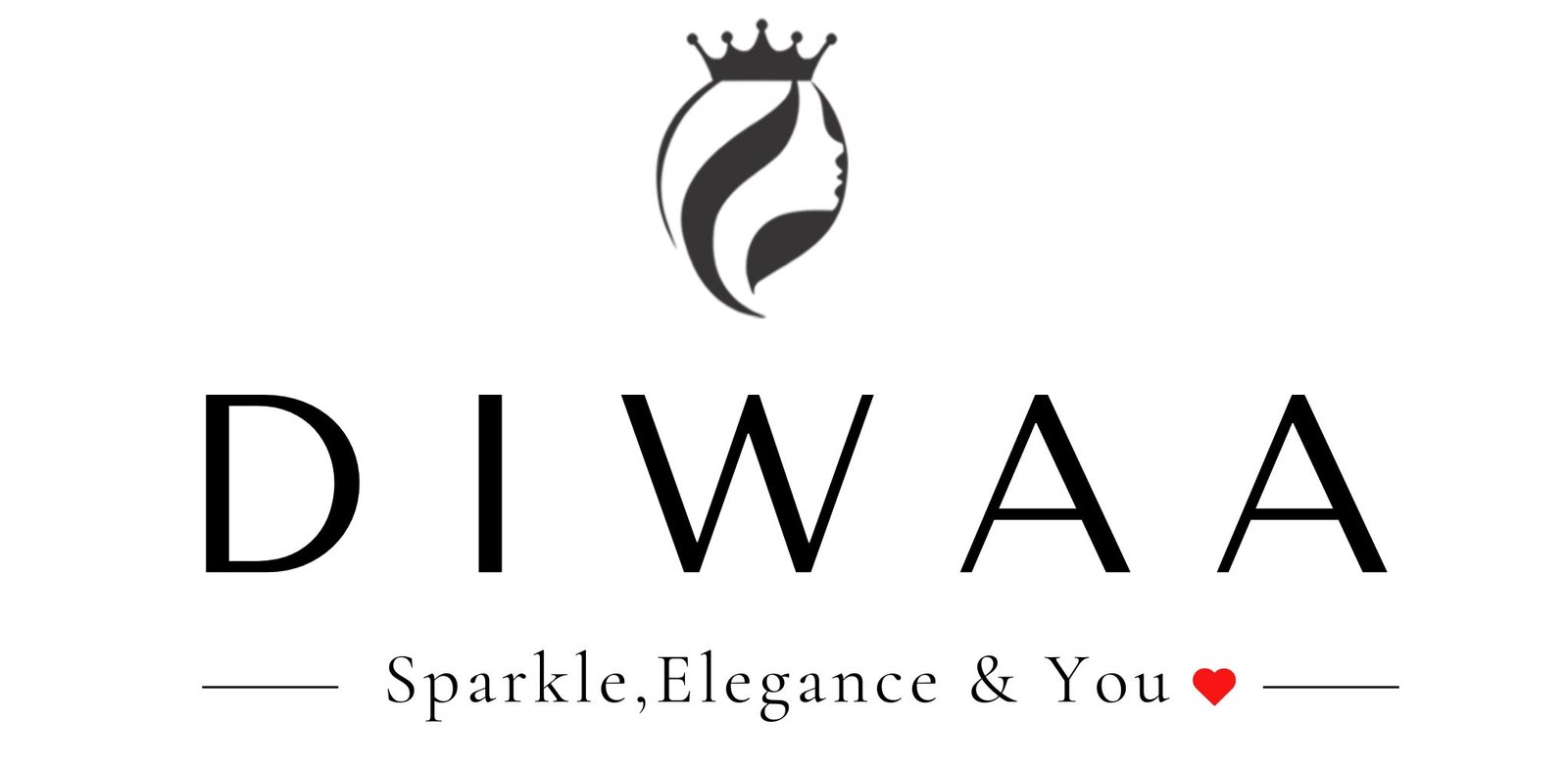Q) What is Ruby Stone?
Ruby is a highly prized red gemstone, known for its vibrant color and association with the Sun in Vedic astrology. It is considered one of the most valuable gemstones in the world.
Q) What is the Most Valuable Color of Ruby?
The most valuable rubies are those with a pigeon-blood color— a rich, deep red with purple or blue undertones. This rare and intense hue is highly sought after and commands the highest prices.
Q) What Carat Weight of Ruby is Recommended for Wearing?
For astrological purposes, rubies weighing between 3 and 5 carats are typically recommended. Rubies are potent gemstones, and wearing one larger than prescribed could lead to intense effects unless guided by an astrologer.
Q) What is the Price Range of Rubies?
Rubies are among the rarest gemstones, even rarer than diamonds. Prices vary widely depending on origin, color, size, and clarity. Ruby prices typically range from INR 450 to INR 2 Lakh per carat ($5.50 to $2446.62). For example, Old Burmese rubies can cost INR 70,000 to INR 1,15,000 per carat ($856.32 to $1406.81), while Mozambique rubies can reach INR 90,000 ($1100.98) for a high-quality piece. Always opt for certified rubies to ensure authenticity.
Q) How Can I Know If Ruby Will Suit Me?
Rubies are astrologically powerful stones, as they are associated with the Sun. It’s essential to ensure that ruby will have a positive effect on your planetary conditions. You can seek a FREE Gem Recommendation from experienced astrologers to find out if ruby suits your individual astrological profile.
Q) Can I Wear a Smaller Carat Ruby Than Suggested?
Yes, you can wear a smaller carat ruby, but it should be of excellent quality. A high-quality, smaller ruby can still deliver the desired astrological benefits, as long as it has good color, clarity, and is free from inclusions.
Q) Which Ruby is Best for Astrological Use?
For astrological purposes, an untreated, high-quality ruby with minimal inclusions is preferred. Dark-colored, transparent rubies are considered the best for their powerful astrological effects. Pigeon blood rubies or Old Burma rubies are particularly prized. If budget is a concern, a clean, light-colored ruby is also a good option.
Q) Why Do Ruby Prices Vary So Much?
The price of ruby stones fluctuates due to various factors such as color, clarity, origin, and the type of ruby. Even small differences in these factors can result in significant price variations. Additionally, larger, inclusion-free rubies are rare, which makes them even more valuable, and their price may not always increase proportionally with carat size.























